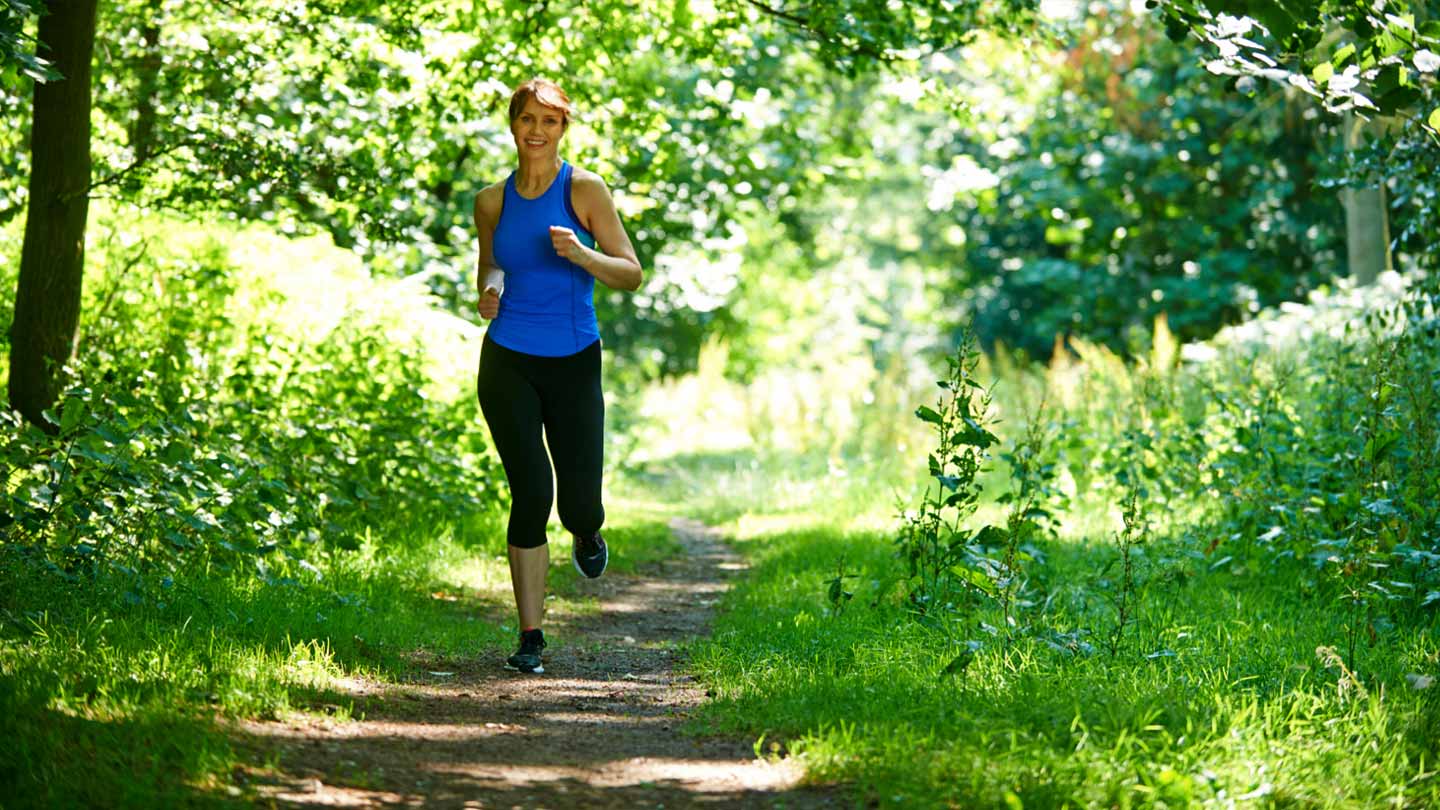Exercising in Nature: The Ultimate Mind-Body Boost

In an age of high-tech gyms, online fitness programs, and endless digital distractions, it’s easy to forget one of the most powerful wellness tools available to us: nature. Exercising outdoors not only strengthens the body but also refreshes the mind and restores emotional balance.
Whether it’s hiking through a forest, running along the beach, or simply stretching in a park, moving your body in a natural setting can transform the way you feel, think, and live.

🌿 Why Nature + Exercise = A Perfect Pair
You’ve probably felt it before — that calming, energizing effect of being outside. Now, imagine combining that with physical activity. Studies show that people who exercise in nature experience:
-
Lower stress levels
-
Better mood and self-esteem
-
Improved concentration and creativity
-
Enhanced immune system function
And the best part? You don’t need expensive gear or a fancy membership. Nature is free, accessible, and always open.
💪 Physical Benefits of Outdoor Exercise
Let’s start with what’s happening on a physical level when you take your workouts outdoors.
1. Increased Vitamin D Levels
Exposure to natural sunlight (even for 15–30 minutes a day) helps your body produce vitamin D, which:
-
Boosts bone health
-
Strengthens the immune system
-
Regulates mood
2. Greater Calorie Burn
Uneven terrain, wind resistance, and natural obstacles engage more muscles than a treadmill or stationary bike. Whether you’re trail running or doing bodyweight exercises in the park, outdoor workouts often burn more calories.
3. Improved Balance and Coordination
Hiking on rocky paths or walking on sand challenges your core and stabilizer muscles, leading to better overall coordination and strength.
4. Fresher Air, Healthier Lungs
Compared to indoor environments, outdoor air is cleaner (especially in green areas like parks or forests). Fresh air improves oxygen flow, reduces indoor allergen exposure, and makes your workout feel more refreshing.
🧠 Mental and Emotional Benefits
Now let’s talk about your brain. Outdoor exercise has a unique way of calming the mind while energizing the body.
1. Reduced Anxiety and Depression
Green exercise — physical activity in a natural setting — has been shown to significantly reduce symptoms of anxiety and depression. Nature helps regulate stress hormones like cortisol while promoting endorphin release.
2. Improved Focus and Memory
A walk in the woods can be more effective at boosting focus than a cup of coffee. Exposure to nature resets your brain’s attention span and enhances working memory.
3. Mental Clarity and Creativity
Stuck on a problem? Go for a walk. Outdoor movement clears mental clutter and boosts creativity, often leading to those “aha” moments that can’t be forced.

🌲 Types of Outdoor Exercise You Can Try
The beauty of exercising in nature is that it’s as flexible as your interests. Here are some popular options, from the gentle to the challenging:
1. Walking or Jogging in the Park
Simple, accessible, and effective. A daily 30-minute walk outdoors can improve cardiovascular health and lower stress.
2. Hiking
Explore trails in your area, from beginner-friendly paths to more challenging mountain hikes. It’s cardio with a view.
3. Outdoor Yoga or Tai Chi
Practicing mindfulness in a serene environment like a garden or beach enhances your connection to breath, movement, and surroundings.
4. Cycling
Take your bike to a nature trail or through a local park. Great for building endurance and enjoying the scenery.
5. Beach Workouts
Running or doing bodyweight exercises on sand offers more resistance, which challenges your muscles in a new way.
6. Swimming in Natural Waters
If you live near a lake, river, or ocean, take a dip! It’s a full-body, low-impact workout and a powerful mental refresher.
🧘 Tips for a Safe and Enjoyable Outdoor Workout
While outdoor exercise is fun and freeing, a little preparation ensures a smooth experience.
✅ Dress for the Weather
Wear layers in colder months and breathable, moisture-wicking fabrics in summer. Always protect your skin with sunscreen.
✅ Stay Hydrated
Natural environments can be deceptive — you may not realize how much you’re sweating. Bring water, especially if you’re hiking or exercising in direct sun.
✅ Use Proper Footwear
Choose shoes based on your activity and terrain. Trail running shoes or hiking boots provide better grip and ankle support.
✅ Be Aware of Your Surroundings
Listen to nature, not just your earbuds. Stay alert to wildlife, cyclists, uneven ground, and changing weather.
✅ Practice Leave No Trace
Respect nature. Don’t litter, and try to leave the space cleaner than you found it.
🌞 The Best Times to Exercise Outside
While any time spent in nature is valuable, certain times may enhance your outdoor workout:
-
Morning: Cool temperatures, quiet surroundings, and natural morning light make it ideal for mental clarity and setting the tone for the day.
-
Late Afternoon: Warmer muscles and golden-hour lighting create a peaceful mood.
-
Evening (before dark): A gentle stroll or sunset yoga session helps you wind down and sleep better.
🌎 Healing Ourselves and the Planet
Exercising in nature not only benefits our health — it deepens our appreciation for the environment. When we spend time in natural spaces, we’re more likely to protect and respect them. This connection to the earth can inspire lifestyle changes that reduce our environmental impact, such as:
-
Reducing screen time
-
Cutting back on unnecessary consumption
-
Supporting green spaces and conservation efforts
📣 Final Thoughts: Reconnect with Nature, Reconnect with Yourself
In our busy, digital world, stepping outside and moving your body is one of the simplest — and most profound — acts of self-care. The birdsong, the fresh air, the rustle of leaves — they’re not just background noise. They’re medicine.
Whether you’re an athlete, a beginner, or someone looking for balance, try swapping one indoor session for an outdoor one this week. Your body will feel stronger, your mind clearer, and your spirit more grounded.
